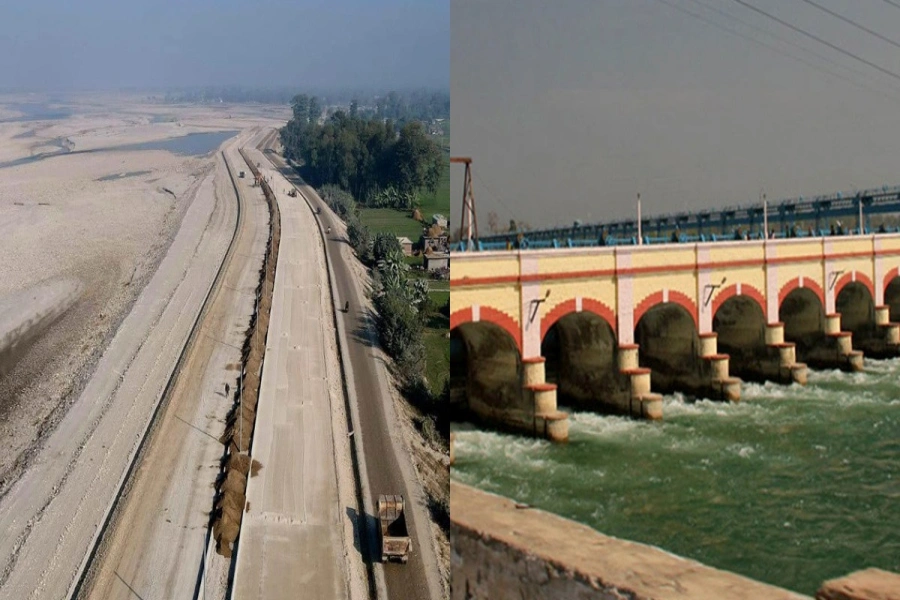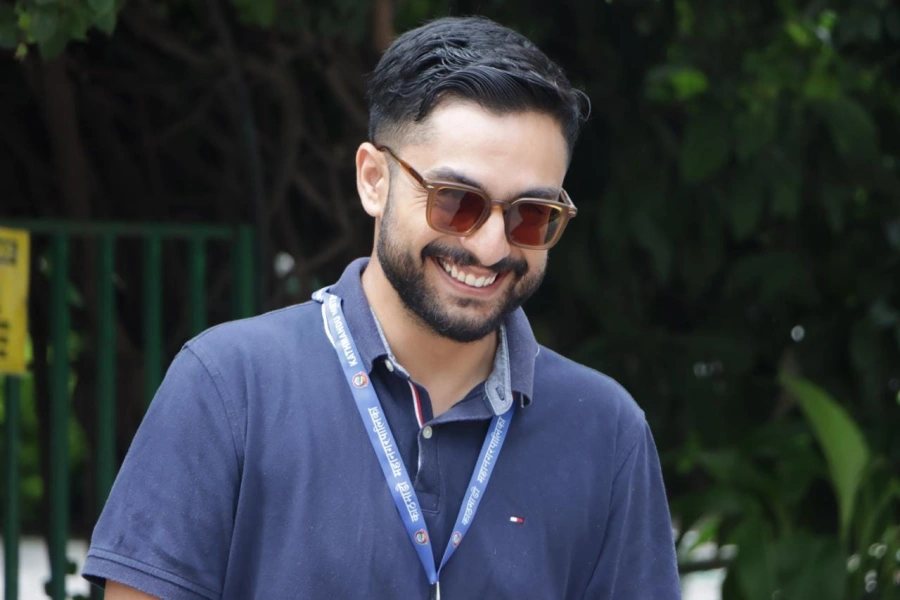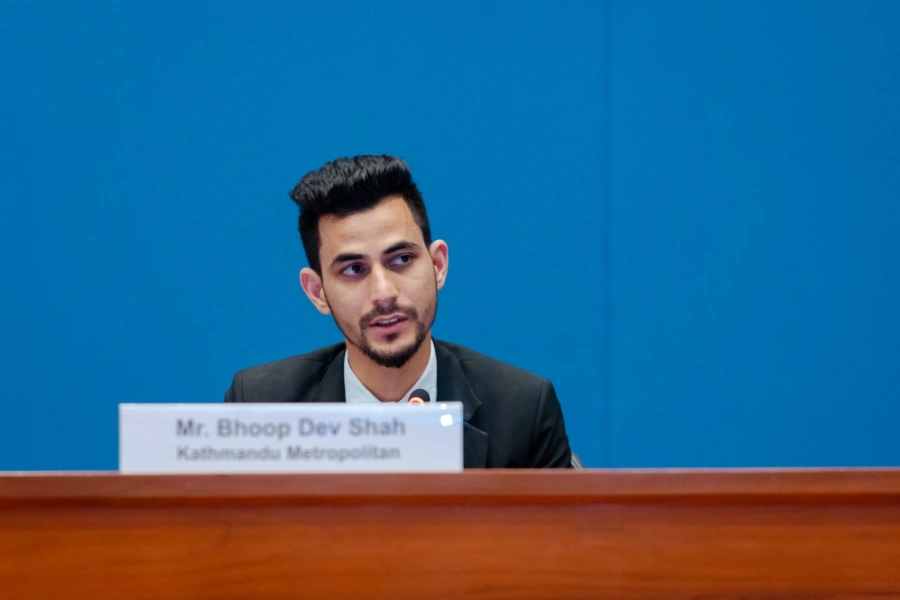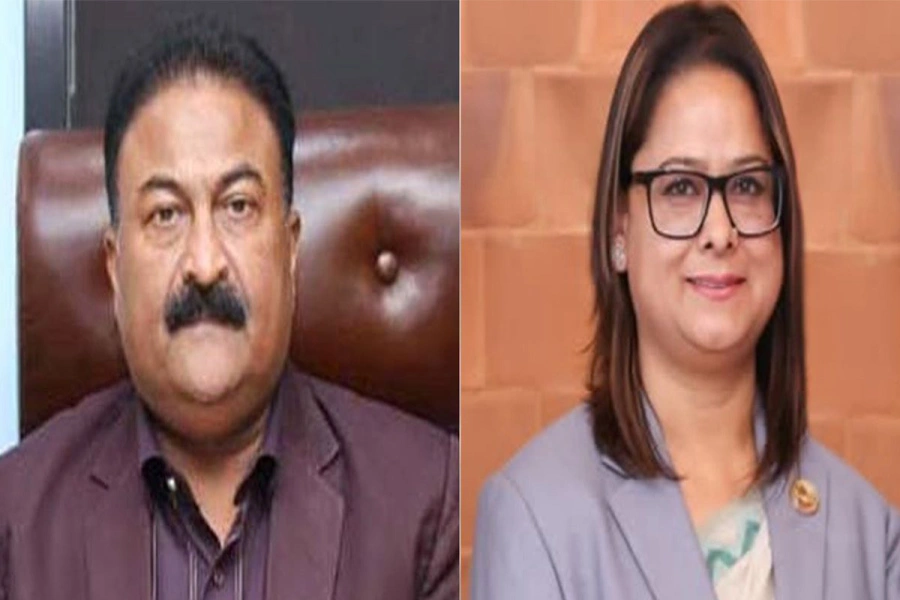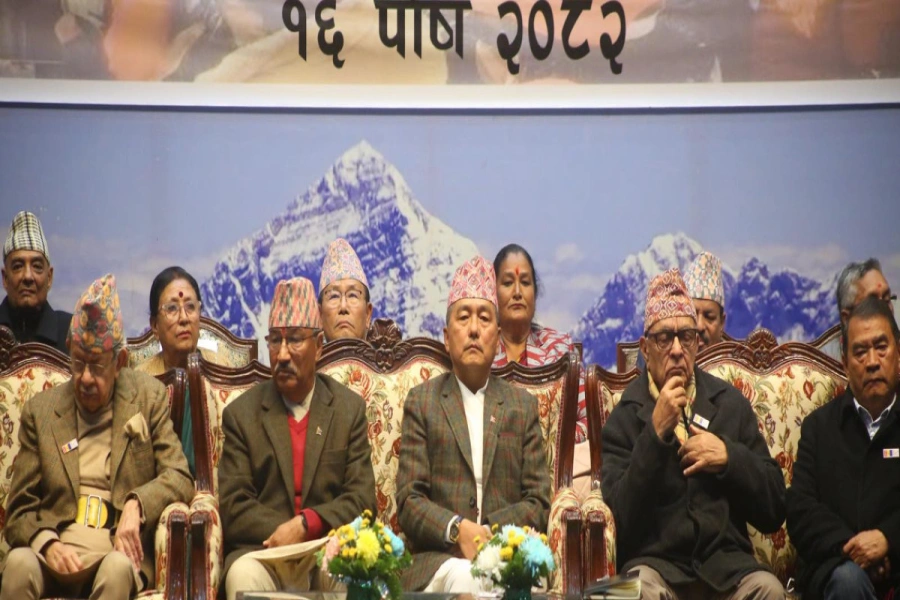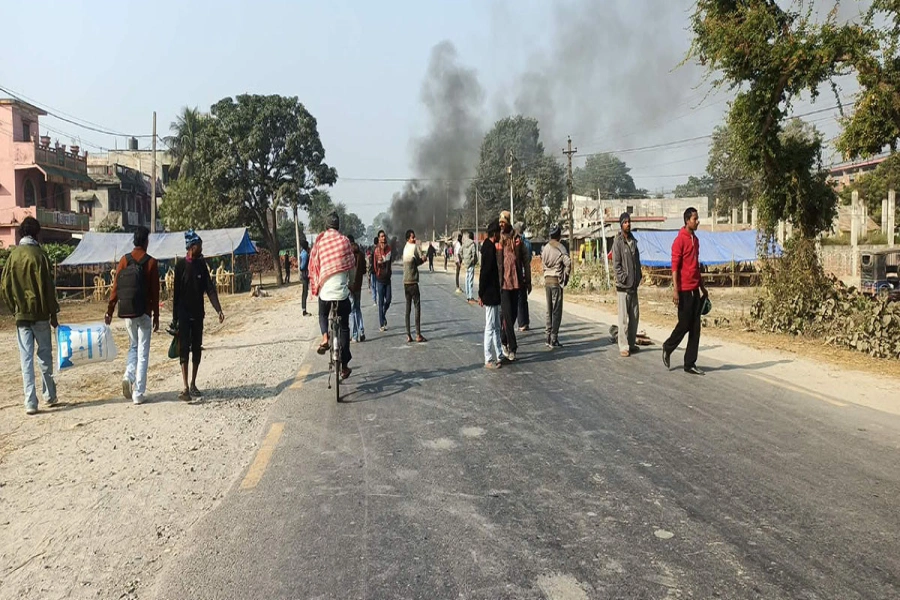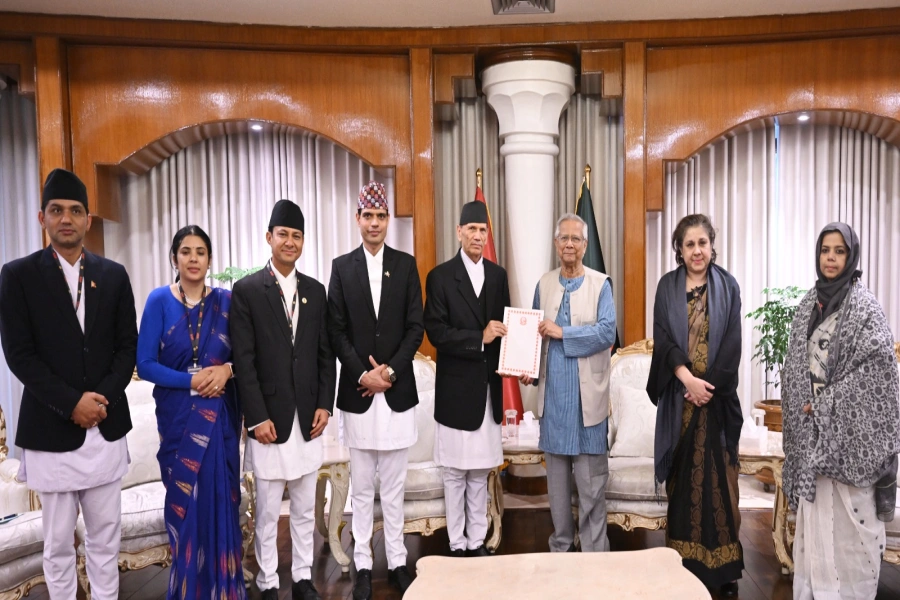After my first attempt at climbing Mt Everest during the Everest 2016 Expedition, I returned for another attempt on May 21, 2017 along with a client from Pakistan. Both of us were well on our way to the summit and when we reached the balcony, we replaced our empty oxygen tanks with new ones. Everything was going great. We were close to the summit, and I could see all the other mountains below our vantage point. At this point, I was breathing comfortably without the help of my oxygen tank, so I decided to save my oxygen, as a backup, for the trip back from the summit.
Suddenly, the weather started to turn bad and soon worse. Unfortunately my oxygen mask and goggles had completely frozen. The wind had turned cold and strong, blowing fresh snow into the air, this severely hampered my vision, making it difficult for me to see through my goggles. Considering this sudden change in weather, I immediately realized that it was best for us to return to the base rather than head up to the summit. I advised my client that the best course of action, at this point, would be to turn back immediately. He refused, however, since the summit was so close, arguing that he had paid a lot of money for the climb.

If I had wanted to, I could have returned back alone, leaving him alone on the way up to the summit. But his life was equally important for me as my own, and I ended up accompanying him all the way up to the summit; despite the bad weather or the fact that our lives were in danger.
Worth of stories

Finally, after many trials and tribulations, we stood on the summit of Mt Everest. I clicked some photographs of my client on the summit, hoping that I would get some good shots of him even though I was dizzy and unable to see clearly. After spending five minutes on the summit, I felt disoriented and was almost at the brink of falling over. It was too risky for us to stay on the summit any longer, the oxygen tanks that we had carried along with us had also depleted. So we descended from the summit as quickly as possible after replacing my client’s oxygen tank.
By this time, my client had started walking very slowly, while I was okay making my way down the summit without the help of my oxygen tank. It soon turned dark and we had to halt our long descent to the base. When I searched for my client, he was resting on the ridge a few meters away. I called out to him but he didn’t respond.
He was lying unconscious and was too weak to walk or speak. I was also so tired that even after inhaling from my oxygen tank, I didn’t realized when I fell asleep. Luckily, I awoke to the noise of other climbers on the trail; they would have thought me dead if I hadn’t woken up at that precise moment.
When I opened my eyes, I was surrounded by bright white snow everywhere; the sight burning my eyes. There were many other climbers on their way to the summit. I felt very hungry and thirsty and my water bottle had frozen. No matter how hard I tried, I was unable to move my limbs or my body; both my hands had started going numb as well. Soon I realized that my hands had been taken by frostbite. I felt so hopeless and tired that I could have easily let death take me turning me a permanent fixture of the mountain. This would have been more peaceful than the suffering that I was going through.
As I was awaiting death, I could feel my body turn as cold as ice; my breathing and heartbeat had started slowing down as a result. The climbers on their way to the summit didn’t approach me because they
thought I was dead. I could not move or speak properly. At this point, I was in need of immediate help. It was then that I asked god for help and surrendered to him.
I kept praying to god and at that moment, I witnessed a miracle. God himself came to help me taking the form of my friends, Ang Tsering Lama and others from Sherpa Khangri. Even though they recognized me, they though me dead but after realizing that I wasn’t, they gave me some chocolate juice to quench my thirst. After a while, with the help of my friends, my client and I made it down to Camp 3 and 2, and then got airlifted to a hospital in Kathmandu from there.
My sincere request to all foreigners, climbing or attempting to climb mountains in Nepal, would be to listen and obey the instructions of your Sherpa guides during your climb. Don’t put your or your guide’s life in danger by imposing your decision during crucial moments. Sherpa guides are more familiar with the trails and the harsh environments; they have more experience as well.
Mountaineers should understand that life and family is more important than conquering a mountain; Mt Everest will always be there. Even if you fail at an attempt, there will always be a second time but if you lose your life, you can never get it back. Life is precious this way.
People easily give up on themselves, not knowing that god doesn’t give up on you that easily. God is there to guide you through the toughest of times and help you survive the impossible.
I am eternally grateful, from the bottom of my heart, to Ang Tshering Lama and his friends who rescued my client and me from certain death, gambling their own lives in the process. I would also like to sincerely thank Seven Summit Treks for all their support during our rescue mission and proper care and treatment in Kathmandu. Although I have frostbites on my hands, I am glad that my client and I got a new life and are back alive and well, after a successful summit of Mt Everest despite the harsh environment and with the help of the Sherpas.
The author is a 20 year old mountaineering guide and Fursonam Sherpa translated his story.





